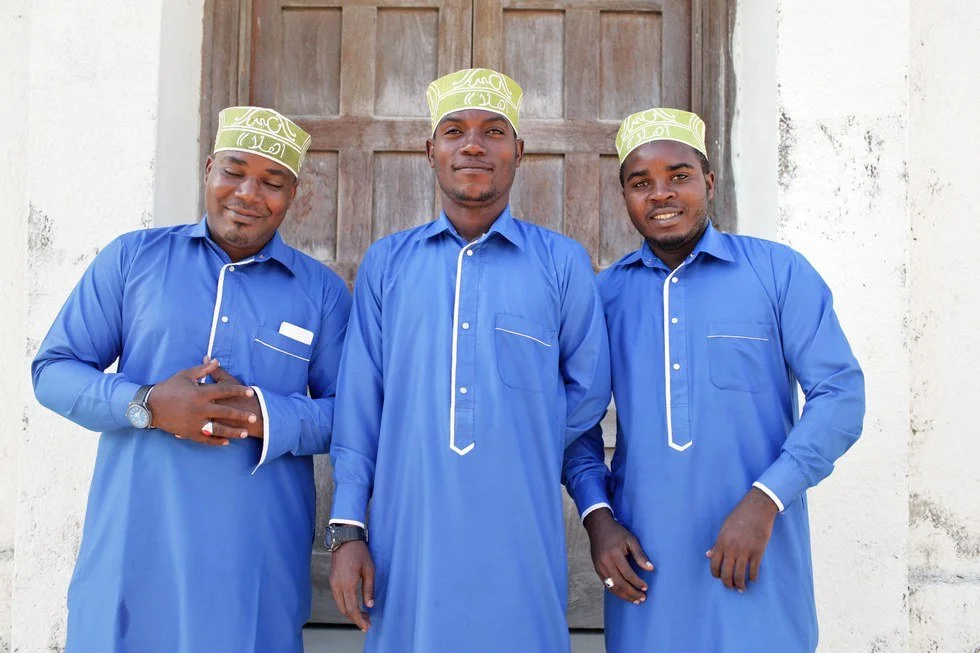To Cover and Not To Cover
A brief historical background of the head fashion of the Swahili
The continent of Africa is rich in numerous cultures, festivals, and traditions, many of which remain unknown to the world at large. East Africa is home to over a hundred and sixty tribes found across some (or more) twenty countries, many of which share a common aspect of culture and dress. One such shared cultural aspect is the wearing of the Kofia.
The Kofia (or kofi, as it is called in some other languages) is an elegantly embroidered, handmade hat worn by the Swahili people of East Africa. The Swahili people primarily inhabit East Africa and are present in countries such as Kenya, Uganda, Somalia, Tanzania, Malawi, parts of Mozambique, and the eastern regions of the Democratic Republic of the Congo. Many people point out that the Kofia is mainly worn by Muslim men and can also be found in Oman as the Kuma. Nevertheless, it can be considered an important part of East African culture that spans several countries in the region.
What Is A Kofia?
In Swahili culture and regions, the Kofia is an African traditional headwear. It is usually worn with the Kanzu, a long white or cream-cloured men's gown. Kofias are cylindrical and flat at the top, which is where their designs and patterns are commonly housed. In other words, every Kofia has to be admired at face value to see the patterns and stories it holds.
Spiritual and Traditional Connections
It is no surprise that the Kofia possesses religious connections, as it is a common sight to be paired with the Kanzu by Muslim men as they go to the mosque for prayers. While many believe that it holds a meaning of peace and renewal, others believe that the hat itself has more cultural connections than religious ones. In some areas, for instance, the type of Kofia is used to indicate the wearer's social status. This is why the patterns and materials determine the quality and the price of Kofias in general. The more elaborate a Kofia’s pattern, the pricier it will be.
The Making
The Kofia hat is generally passed down through generations. Patterns and materials determine the price and durability of the Kofia, which comprises two distinct parts: the Mshadari (used to make the body) and the Kahafu, used to create its distinctive flat top. Joining these two parts makes up the Kofia as we know it.
For many Kofias, the patterns that adorn their tops and bodies are designed with different thread colours and types. Like many other cultures in East Africa and beyond, patterns found on a Kofia serve as a form of communication, telling many stories from one generation to the next. This is what makes the design and use of the Kofia special.
A simple hat is not just about how it is worn, but it also tells many tales that span across time and generations. The Kofia may require a closer look to fully comprehend the message it conveys. How striking that a hat possesses such power in East Africa.
The Kofia is a popular symbol of the Swahili culture, especially in Tanzania and Kenya. Many other cultures have adopted it, and it is being modified in these other religions.
A Final Note
When you see a person wearing a Kofia, remember that it is an important aspect of Swahili dressing culture and is associated with respect, tradition, and legacy. You should treat the Kofia with as much respect as the culture and story it carries within itself.


